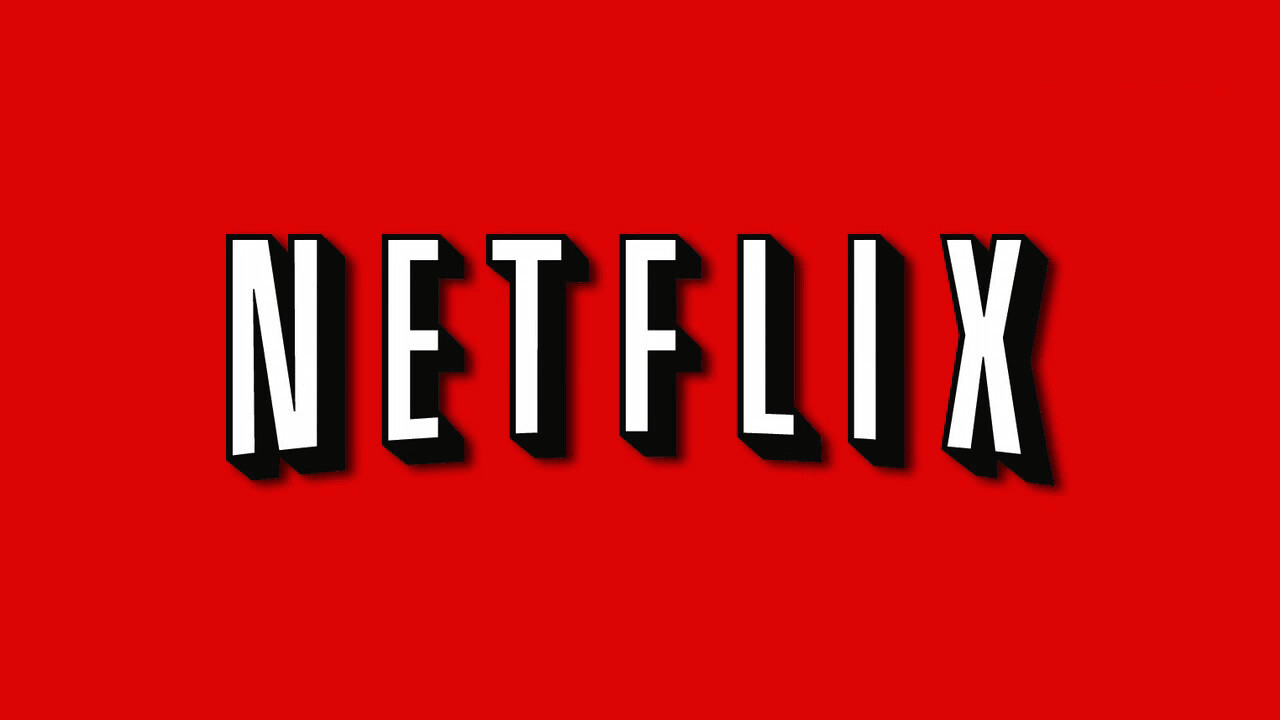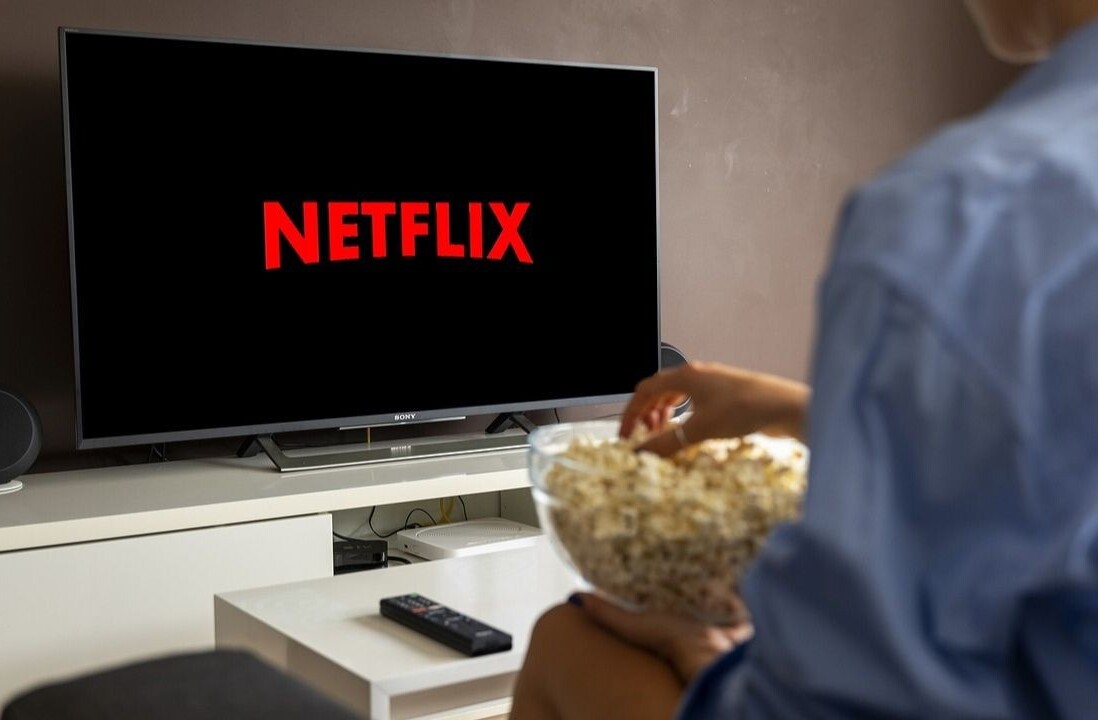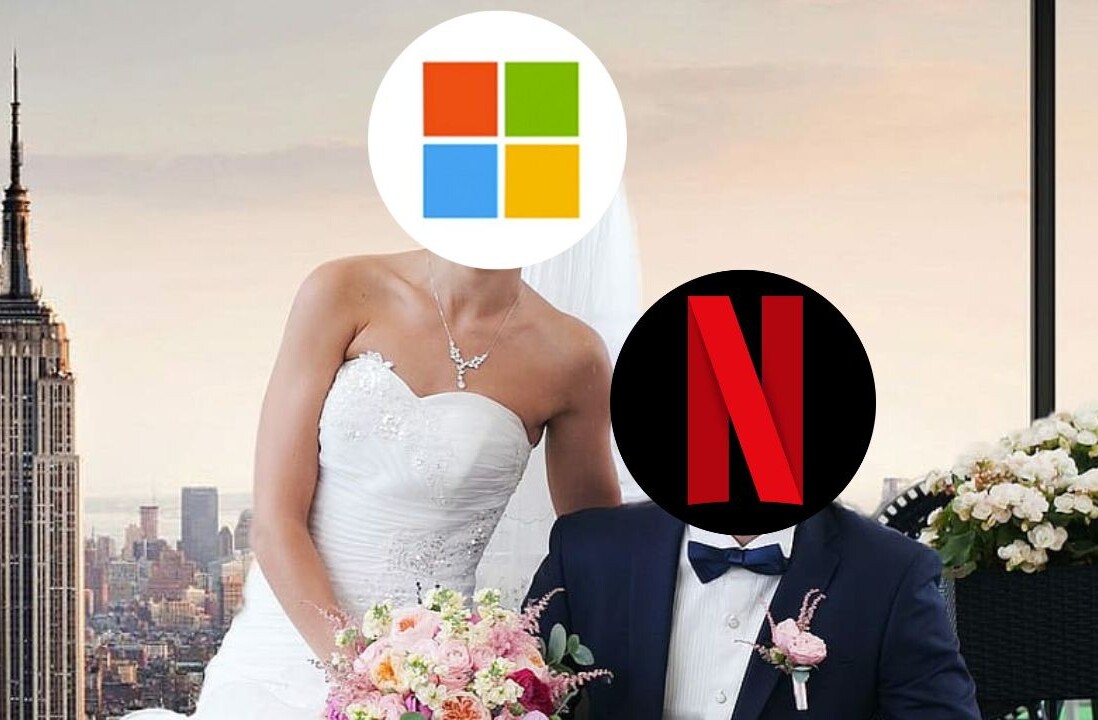
Minecraft: Story Mode is coming to Netflix. Later this year, subscribers to the streaming service will be able to explore the world unveiled by Telltale back in 2015 from the comfort of their couch, using only their remote control.
This is the latest in a line of interactive titles available on Netflix, including Stretch Armstrong: The Breakout, Puss in Book: Trapped in an Epic Tale, and Buddy Thunderstruck: The Maybe Pile.
Bringing a beloved Telltale title to the small screen is a bold move, and has raised questions about whether the streaming service intends to embark upon a broader push into the gaming world.
Well, allow me to burst that bubble for you. The answer’s a definitive no. Netflix is adamant it’s not getting into gaming.
I’ve been speaking with a Netflix representative over the past 24 hours. Throughout our conversation, two distinct messages have emerged. Firstly, Netflix wants to make it clear that it has no plans to launch a games streaming service, like OnLive (RIP) and PlayGiga.
Most perplexingly, the company also argues that it’s not getting into games — period.
It perceives Minecraft: Story Mode, as well as the other titles on the platform, as “interactive narrative storytelling,” which it says is something distinct from traditional gaming. Here’s what a company representative said to me:
“We don’t have any plans to get into gaming. There’s a broad spectrum of entertainment available today. Games have become increasingly cinematic, but we view this as interactive narrative storytelling on our service.”
It could be argued that this is a matter of semantics. Here’s how Netflix describes its interative titles, from the company’s own help page:
“Interactive content is a fun new way to experience Netflix. In each interactive title, you can make choices for the characters, shaping the story as you go! Each choice leads to a different adventure, so you can watch again and again, and see a new story each time.”
To me, that sounds like a game.
In fact, there’s a long history of titles fitting this definition. It could describe any number of narrative-driven, choose-your-own-adventure-esque games on retro consoles like the 3DO and the Sega CD – games like Wirehead and Night Trap.
Netflix’s definition could also accurately describe 1996’s Star Trek: Borg, which starred series favorite John De Lancie as Q, and put you in the midst of a confrontation with TNG’s fiercest adversary.
Star Trek: Borg was a bit like a movie, but you were placed in the hot seat, and each choice you made defined the direction of the narrative. The stakes couldn’t be higher, and looking back, it was one of the finest FMV games of the era. At least, in my humble opinion.
The popularity of these interactive, narrative-driven fests continues to influence contemporary game designers. Zoe Quinn, of Depression Quest fame, is a particularly enthusiastic fan of the genre.
And that says nothing of the breakaway success of contemporary titles, like Her Story, Life Is Strange, and virtually all of Telltale Games’ output.
Netflix thinks its interactive offerings aren’t games. That’s something I respect, but don’t agree with, and I’m not sure it’s a tenable position, especially when you consider that the broader industry disagrees.
Furthermore, its position has significant implications, as it suggests that, by definition, games have to be active. More sedate offerings — like its new interactive fiction titles — are something different entirely.
I don’t like that. Many interactive fiction games — like Life Is Strange or The Wolf Among Us — can be deeply challenging. They contain moral dilemmas and puzzles. You’ve got to think carefully about the implications of each move you take.
Sure, you’re not firing a gun, or speeding down the highway in a fast car, but make no mistake: these are essential attributes of a game.
The most rational explanation I can think of for Netflix’s semantic choices is that it doesn’t want to raise expectations too high. That’s fair.
Remember, Netflix’s version of Minecraft: Story Mode is designed to work with a TV remote, and therefore won’t have the same level of control or gameplay mechanics as the console or PC version. By choosing its words carefully, Netflix can ensure that people go into its not-gaming experience with their expectations in check with reality.
Get the TNW newsletter
Get the most important tech news in your inbox each week.




